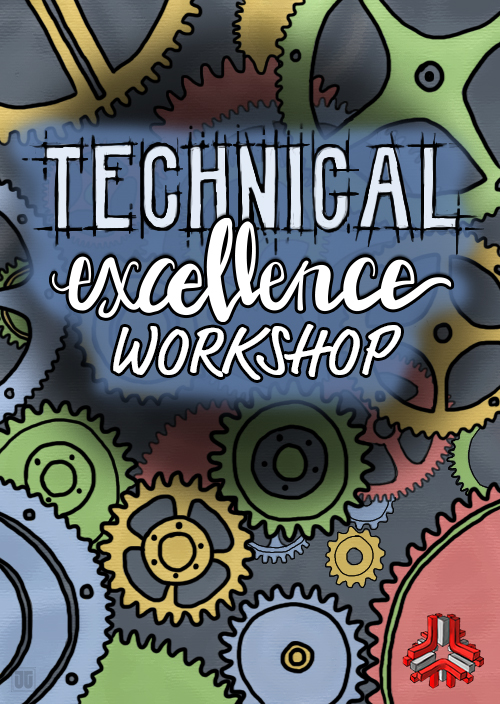I’m going to tell you a story that illustrates precisely why paying attention to tech safety is vital for your business and the first step on your road to improving.
The other day I experienced an ordering ordeal, a high tech injury that occurs when completing an order is painful, awkward and time-consuming.

I was using a popular ticket-buying website to purchase 2 seats for Robert Plant’s concert in Austin, Texas.
I was using Google’s Chrome browser on a modern iMac to make a new account.
I carefully entered payment information, but the site said I needed a “Payment Method.” Huh? I already did that!
I tried two more times, same error.
So I waited 10 minutes for a Live Chat support person, who told me “try IE (Internet Explorer).”
“I’m on a Mac!” I said, now thinking how incredibly bad this site was. “We don’t have IE here.”
He suggested Firefox, which also failed to work: after logging in to my newly created account, and entering payment data again, I pressed Next and waited five minutes while nothing happened!
I didn’t want to hit submit again, for fear of being double-billed and having to deal with that mess.
Now I was downright mad.
So I got their phone number to buy the tickets by phone.
The support person had to start the order from scratch.
He said they had been experiencing a high volume of support calls that were making his life difficult.
An ordering ordeal injures support staff as well as users.
During the phone call, I learned that I had nearly bought standing room only tickets.
After completing my order for two actual seats, the support person asked me if there was anything else he could help me with.
I said he could help me by improving their site.
Later, I wondered what this ticket company’s backlog contains?
If it is filled with new features, something is very wrong.
I wondered what this company’s culture is like?
I doubt that safety is a driving value within their culture.
I wondered what they tracked to measure the company’s health?
If they mostly focused on ticket sales, they are blind to some bigger problems.
I wondered if, like many, they are doing Scrum.
If they are, they certainly aren’t inspecting and adapting to make their website safe for users or support staff.
I wondered whether they invested in training technical staff in tools like Selenium or whether they used automated browser testing solutions like Sauce Labs?
They clearly didn’t value safety enough to use such tools or if they were, perhaps they had learned to live with broken tests and random failures?
I wondered about their competitors.
Given my experience, I’m certain to look for competing sites.
In fact, because the site can’t even perform the most basic functionality (i.e., allowing people to buy tickets), I don’t think it is a stretch to say that this company has lost its way.
This company and website:
-
wasted an hour of my valuable time
-
irritated me with nonsense error messages and non-functioning pages
-
scared me about possibly getting double-billed
-
misinformed me by not making it clear that I was nearly buying standing-room only “seats”
-
made ordering tickets such an ordeal that I’d hesitate to ever buy tickets from them again
-
angered me enough that I’ve told numerous friends about this pathetic experience
They made ticket buying unsafe, even for someone with a modern iMac and common browsers.
All of this is bad business, indicating a lack of sound leadership and a failure to appreciate the safety of users, support staff and others.
Step number one on the road to tech safety is being aware that you are injuring yourself and others.
This leads you to visualize the suffering in order to reduce or remove it.
For example, this company ought to keep metrics on how many users have ordering ordeals.
They ought to make it crystal clear when you’re buying a seat or standing room only, otherwise their service is unsafe.
They ought to follow up with buyers, especially first-time buyers, to see if they had a successful purchasing experience.
They ought to follow up after the concert to make sure people were happy with their tickets.
Such data ought to be highly visible to everyone within the company, hopefully on a dashboard that everyone sees several times a day.
By becoming aware of injuries, you have taken the first step to valuing tech safety.
That first step will set you on a path to making tech safety a driving value, a core part of your company culture.
And that is good for people and good for business.





